EasyCare Inc. Easyboot Cloud Therapeutic Horse Boots
The EasyCare Inc. Easyboot Cloud is a therapeutic hoof boot system designed to give comfort and support to horses with thin soles, abscesses, founder, laminitic stages, stresses of shipping, recovery after workouts or stalling on hard surfaces.
The EasyCare Inc. Easyboot Cloud is a therapeutic hoof boot system designed to give comfort and support to horses with thin soles, abscesses, founder, laminitic stages, stresses of shipping, recovery after workouts or stalling on hard surfaces. Horse hoof boots also provide instant and ongoing relief for chronic lameness and general lower limb or hoof problems. Horse boots have a padded collar provides additional relief to the pastern area.
- The Easyboot Cloud is not intended for riding
- Seams and edges of the industrial strength Cordura upper are rounded for safety
- Three air vents in the horse hoof boots provide air circulation to keep the hoof cool while preventing the accumulation of dirt and debris
- A padded collar on the horse boots provides additional relief to the pastern area
Additional information
| Manufacturer Part Number | SB-EBC-8 |
|---|

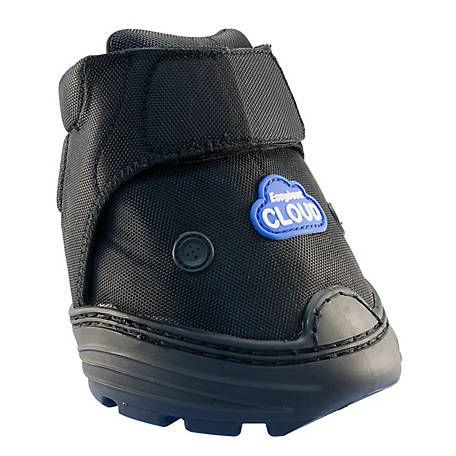
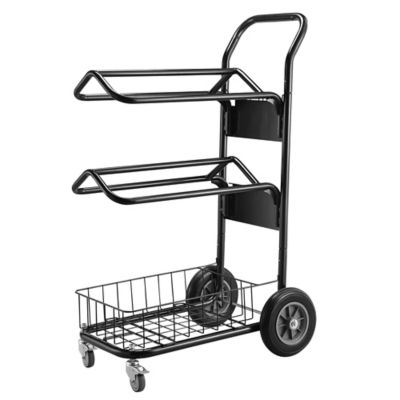
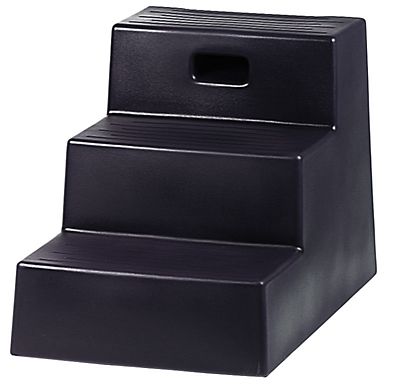

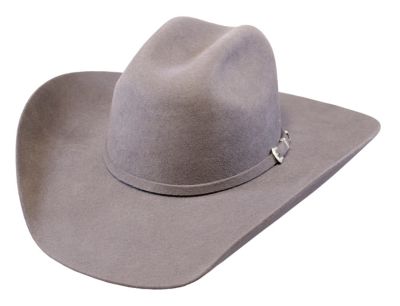


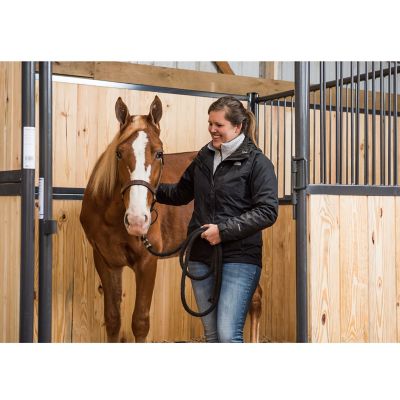

by Chris
Stays on, even in snow. Has helped our mini mule walk comfortably on icy surfaces. She’s happier.
by Julie
My horse ran in the field for the first time in four months after going barefoot. It was so great to see her happy and playing.
by Fry
Seem to work ok but the horse can get them off her hooves too easily.
by Steve
Great recovery boots , sore feet after trims , abscess , laminitis, has thick replacement pads sold separately, followed directions to measure got a size 3.